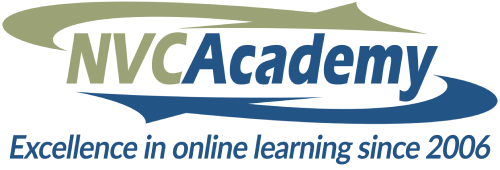

NVC Resources on Feelings
-
In the face of stress you can find ways to be present for what’s happening, rather than being pulled or pushed around by anxious thoughts or fearful feelings. Here are some strategies to return to and maintain expanded awareness.
-
We can cultivate spiritual clarity through bringing attention to our intentions, mourning, gratitude, and the dynamic flow of feelings and needs. This can bring more autonomy, choice and liberate the energy of connection and contribution. We can also awaken our hearts to see the reality that our well-being is mutually interdependent. Read on for more.
-
Trainer Tip: Tap into feelings, needs and requests for greater self connection with the six steps in this worksheet.
-
However indirectly expressed, any judgement or criticism is about the person's own thoughts, feelings, needs, and requests.This awareness can help you take people's comments less personally, and give you options: silent self-empathy, standing in your truth, contact and curiosity, and honest expression.
-
Use this interactive empathy exercise to track the relationship and shifting of body sensations, feelings and needs as you note them out loud.
-
Self responsibility is owning what's yours. It involves identifying your observations, evaluations, feelings, longings, and more. When we identify what's truly ours we are unlikely to mistake it as coming from outside of us. Self responsibility is not self blame. Without self responsibility, we project, blame and judge. Self-responsibility is central to clarity and full self-awareness. This exercise will guide you there.
-
Reflect on a time when you were either expressing gossip or participating passively. What feelings and needs were up for you at the time? How might you have interrupted the gossip with connection? When interrupting gossip it can take a few rounds of empathy and honest expression to bridge understanding, and create a space in which mutual care and curiosity arises. Read on for an example.
-
One NVC principle is "stimulus vs cause" - one may be the stimulus but never the cause of another's feelings. When we're upset this principle can help us express pain without blame. However, when others are upset it's easy to slip into blaming them using this principle. Instead, we can hear their pain with care and heartfelt mourning - without guilt nor defensiveness, and whether or not we agree. All this is important if we're sincerely applying compassion. Read on for more.
-
How to get past the sting of a painful comment? Get empathy from self or another. Then connect with the commenter's feelings and needs. The more you can do this the less personally you may take it. Then work together on specific, do-able, authentic agreement about doing something differently next time, the kind that will enable you both to shift out of reactivity. Three things need to be in place for that to work.
-
Making a decision or boundary that invites someone to be honest about their feelings can be difficult. Remember that lack of authenticity may be due to lack of awareness, inner conflict, or fear of conflict, rather than dishonesty. Offer empathy and reassurance and invite more conversation. Approach with compassion and curiosity to naturally invite more honesty.

Quick Links
Subscription Preferences
Stay In Touch!
Looking for ways to keep up with NVC Academy news, get special offers, free resources, or words of inspiration? Here are five ways to stay engaged:










